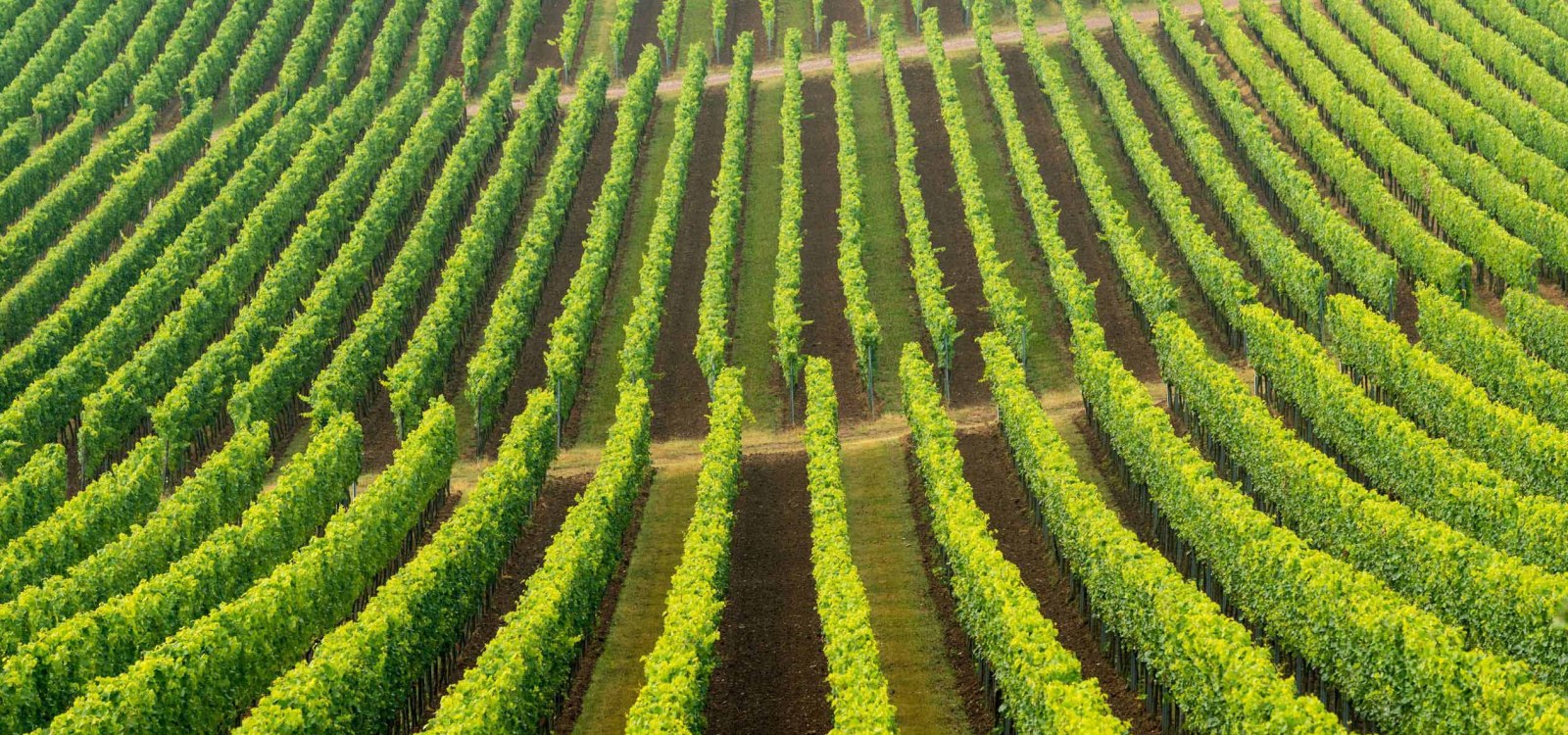Biebelsheimer Honigberg
This common vineyard seed name probably does not go back to a "bee pasture". Presumably, the name of the location by the old Weinsorten- or. Quality designation "hunnisch" emerged. However, the meaning is not yet clear.



This common vineyard seed name probably does not go back to a "bee pasture". Presumably, the name of the location by the old Weinsorten- or. Quality designation "hunnisch" emerged. However, the meaning is not yet clear.

Lime-rich clayey deposits of the teritary sea
Deep, calcareous clay soil with a high proportion of swellable clay, lower storage capacity for soil water available to plants, limited water permeability and ventilation, nutrient-rich, very calcareous, moderate warmability, difficult to root through
Full-bodied, dense, rich, moderate acidity, creamy enamel. Expressive, ripe, mango, apricot, honeydew melon, apricot. Less minerality, more fruity, full-bodied sustainability
learn more
Wind deposition of calcareous dust in the ice ages
fertile, deep, light loam soil, clayey silt, very good storage capacity for plant-available soil water, adequate aeration, nutrient-rich, calcareous, moderate warmability, good rootability, high growth potential
Yellow-fruity aromas, apple, peach, pear, citrus, delicately fruity, slim, refreshing, gentle acidity, medium-strong structure, juicy elegant, drinkable early, tasty charm, uncomplicated complexity, fruity, cheerful expression
learn more